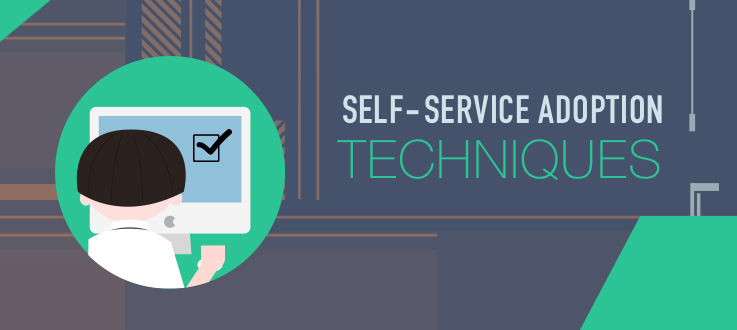9 Ways to Convince Users to Adopt Your Self-Service Portal
Today’s IT environment is changing rapidly and so are your customers. They are increasingly demanding and are looking for instant resolution of their tickets as well as instant access to information on your services.
Sometimes your service desk might get bombarded with calls when a user faces issues or requires a service to be delivered.This may lead to service desk missed calls or being stuck in the waiting queue.
If you’ve already invested in a self-service portal — or plan to make such an investment — now might be a good time to consider the best ways to encourage its widespread adoption by your end users. Here are nine different ways to convince your users to use the self-service portal.
- Make self service a “must or recommended” use rather than an optional way of contacting service desk: Most users tend to call tech agents for help when any service goes down rather than using the self-service portal. As a result, the number of calls to your service desk increases. This in turn, increases the load on your help desk agents. For your help desk to perform efficiently, it is better to recommend the self-service portal to users and make it clear to them that this is the most preferred method.
- Keep your knowledge base updated and provide more information to your users: Keep the knowledge base updated with the latest how-to’s, workarounds and solutions to helps users to login to self-service portal and search for solutions before raising a ticket. Make announcements whenever a new solution is added to the knowledge base and invite your users to login into self-service portal and read through the solutions.
- Educate your users on the benefits of using a self-service portal: Users may not be aware of what a self-service portal can do for them. Educate your users on the benefits of a self-service portal such as self-tracking the status of any requests or tickets themselves, see pending approvals, announcements etc. With better knowledge on the benefits comes greater value to your end users.
- Explain how calls land up in waiting queue: Sometimes, due to high call volumes, a tech agent happens to miss a call and the issue remains unresolved. Tech agents will not be able to track those incidents tickets and document the solutions for future use. They can communicate this problem to their users and explain why ticket creation via portal can be a savior.
- Prioritize tickets sent via self-service portal: Let users know that their tickets will be handled with a higher priority than tickets sent via email or by phone. This way, users will know their tickets are handled much faster and with greater efficiency.
- Provide incentives or rewards: Providing incentives or rewards to those who use the self-service portal will encourage users to frequently use it rather than call help desk technicians for help.Rewards may not necessarily be monetary benefits but can be a points-based rewards system to encourage users and to maximize the usage of the self-service portal.
- Provide a better user experience through the self-service portal: Make it easy for the users to raise incidents or service requests through the self-service portal with custom templates. Have timely conversations to help the users get regular updates on the ticket and to create a great user experience.
- Educate users of a proper documented help desk policy in place: Let your users know that your help desk has a process in place to have all the information documented and to follow up in a structured and organized manner. Communicate to your users that unless a ticket is created in the system, their request may not be handled. No ticket! No Help!
- Make your self-service portal mobile and tablet friendly: Having a mobile and tablet optimized self-service portal helps users to submit ticket on the go. Instead of calling techs, users can submit via the mobile/tablet app. Users can track all their requests via the mobile apps anytime, anywhere.




No comments:
Post a Comment